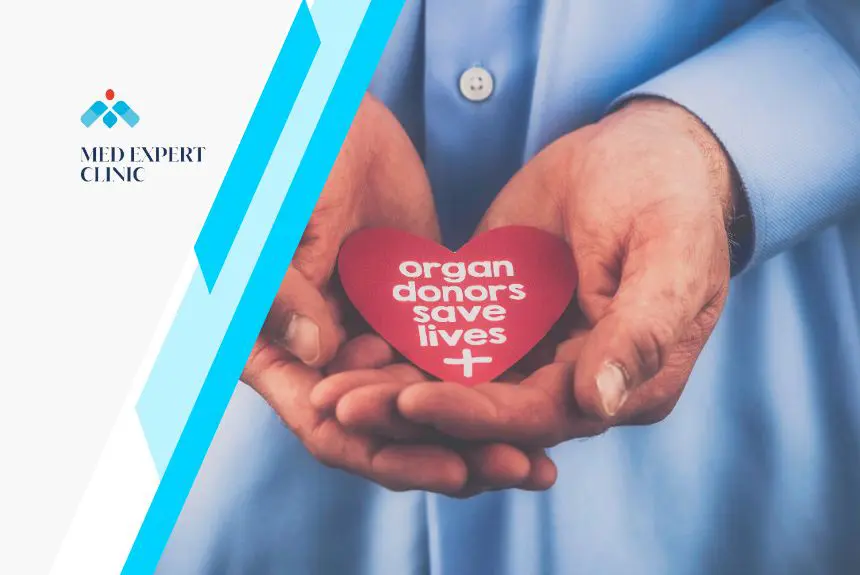In the dynamic landscape of medical advancements, organ preservation surgery stands as a pivotal component, especially in the context of transplantation. This comprehensive exploration delves into the intricacies of organ preservation techniques and outcomes, shedding light on its significance in various medical procedures.
Introduction
Organ preservation techniques play a critical role in ensuring the success of transplantation procedures, safeguarding the delicate balance between donor and recipient factors. As we embark on this journey, let’s delve into the multifaceted methodologies employed in preserving organs for transplantation, each tailored to the unique demands of the organs involved.
Organ Preservation Techniques
Kidney Preservation
Renal transplantation relies heavily on the meticulous preservation of kidneys. Hypothermic machine perfusion and cold storage methods are pivotal, allowing for the optimal storage of kidneys, maintaining their viability and functionality during the transplantation process. Additionally, advancements in normothermic perfusion techniques are showing promising results in extending the preservation window, improving outcomes for both living and deceased donor kidney transplants.
Liver Preservation
The liver, a resilient yet complex organ, requires specialized preservation methods. Cold storage with University of Wisconsin solution or histidine-tryptophan-ketoglutarate solution has been the gold standard. However, normothermic machine perfusion is gaining traction, mimicking physiological conditions and mitigating ischemia-reperfusion injuries. These innovations are transforming liver transplantation outcomes, pushing the boundaries of success.
Spleen Preserving Distal Pancreatectomy
In cases requiring pancreatic surgery, the focus shifts to techniques like spleen-preserving distal pancreatectomy. This meticulous approach allows for the removal of a portion of the pancreas while preserving the spleen, reducing the risk of postoperative complications and enhancing the patient’s overall recovery.
Insights into Transplantation
The success of organ transplantation goes beyond the technicalities of preservation; it extends to seamless integration into the recipient’s body. Immunological considerations, organ matching, and post-transplant care all contribute to positive outcomes. Understanding these intricacies provides a holistic perspective on the impact of organ preservation on the entire transplantation process.
Laryngeal Cancer and Preservation
Shifting focus to a specific area of concern, laryngeal cancer presents unique challenges not only in the preservation of the organ for transplantation but also in maintaining essential functions for individuals undergoing treatments like laryngectomy.
Can You Eat Without a Voice Box?
Laryngectomy, the removal of the voice box, raises questions about basic functions like eating and communication. While the absence of a voice box presents challenges, advancements in medical care and rehabilitative measures empower individuals to adapt and continue with their daily lives. Speech and language therapy, along with innovative swallowing techniques, play pivotal roles in restoring a semblance of normalcy.
Life Expectancy After Total Laryngectomy
Understanding the post-surgery landscape is crucial, particularly concerning life expectancy. Factors influencing this aspect are multifaceted, ranging from the patient’s overall health to the effectiveness of the surgery, postoperative care, and adherence to rehabilitation programs. Long-term survival after total laryngectomy is not solely determined by the absence of the voice box but also by comprehensive care addressing psychological, social, and physiological aspects.
Understanding Laryngectomy vs. Laryngectomee
In medical terminology, the difference between a laryngectomy (the surgical procedure) and a laryngectomee (an individual who has undergone the procedure) holds significance. Proper education and communication about these terms contribute to a better understanding of the procedures and their implications for patients. It fosters a patient-centered approach, encouraging empathy and clear communication in medical interactions.
Long-Term Survival with Throat Cancer
The prognosis for throat cancer has evolved positively over the years, driven by advances in treatment modalities and early detection. Multidisciplinary approaches, including surgery, radiation therapy, and chemotherapy, contribute to improved long-term survival rates. Additionally, targeted therapies and immunotherapies are showing promise in enhancing outcomes and quality of life for individuals facing this challenging diagnosis.
Conclusion
In conclusion, organ preservation surgery emerges as a cornerstone in the realm of medical advancements. From kidney and liver preservation techniques to addressing specific challenges in laryngeal cancer cases, the field continues to evolve, offering hope and improved outcomes for patients globally. As we navigate these complexities, a deeper understanding of terminology, ongoing research, and a patient-centric approach foster a more informed and resilient medical community. Through the synergy of innovation and compassionate care, organ preservation surgery paves the way for a future where transplantation becomes not just a medical procedure but a transformative journey toward renewed life.
Frequently Asked Questions about Organ Preservation Surgery
1. What are the primary techniques used in kidney preservation during transplantation?
Kidney preservation techniques involve advanced methods such as hypothermic machine perfusion and cold storage, optimizing organ viability for successful transplantation. Innovations like normothermic perfusion are extending the preservation window, improving outcomes for both living and deceased donor kidney transplants.
2. How is the liver preserved for transplantation, and are there emerging methods changing the landscape?
Liver preservation commonly employs cold storage solutions like University of Wisconsin or histidine-tryptophan-ketoglutarate. However, the field is evolving with the introduction of normothermic machine perfusion, mimicking physiological conditions and enhancing transplantation success.
3. In the context of laryngeal cancer, can individuals eat after a laryngectomy, and how do they adapt to this change?
After a laryngectomy, individuals face challenges in functions like eating and communication. However, with advancements in medical care and rehabilitative measures, including speech and language therapy, patients can adapt and resume a semblance of normalcy.
4. What factors influence life expectancy after a total laryngectomy, and how comprehensive is postoperative care?
Life expectancy post laryngectomy is influenced by factors ranging from overall health to the effectiveness of surgery and postoperative care. Comprehensive care addressing psychological, social, and physiological aspects is crucial for long-term survival.
5. Is there a difference between a laryngectomy and a laryngectomee, and why is proper understanding of these terms essential?
In medical terminology, a laryngectomy refers to the surgical procedure, while a laryngectomee is an individual who has undergone the procedure. Proper education and communication about these terms contribute to a better understanding of procedures and foster a patient-centered approach in medical interactions.


Leave a Reply
You must be logged in to post a comment.